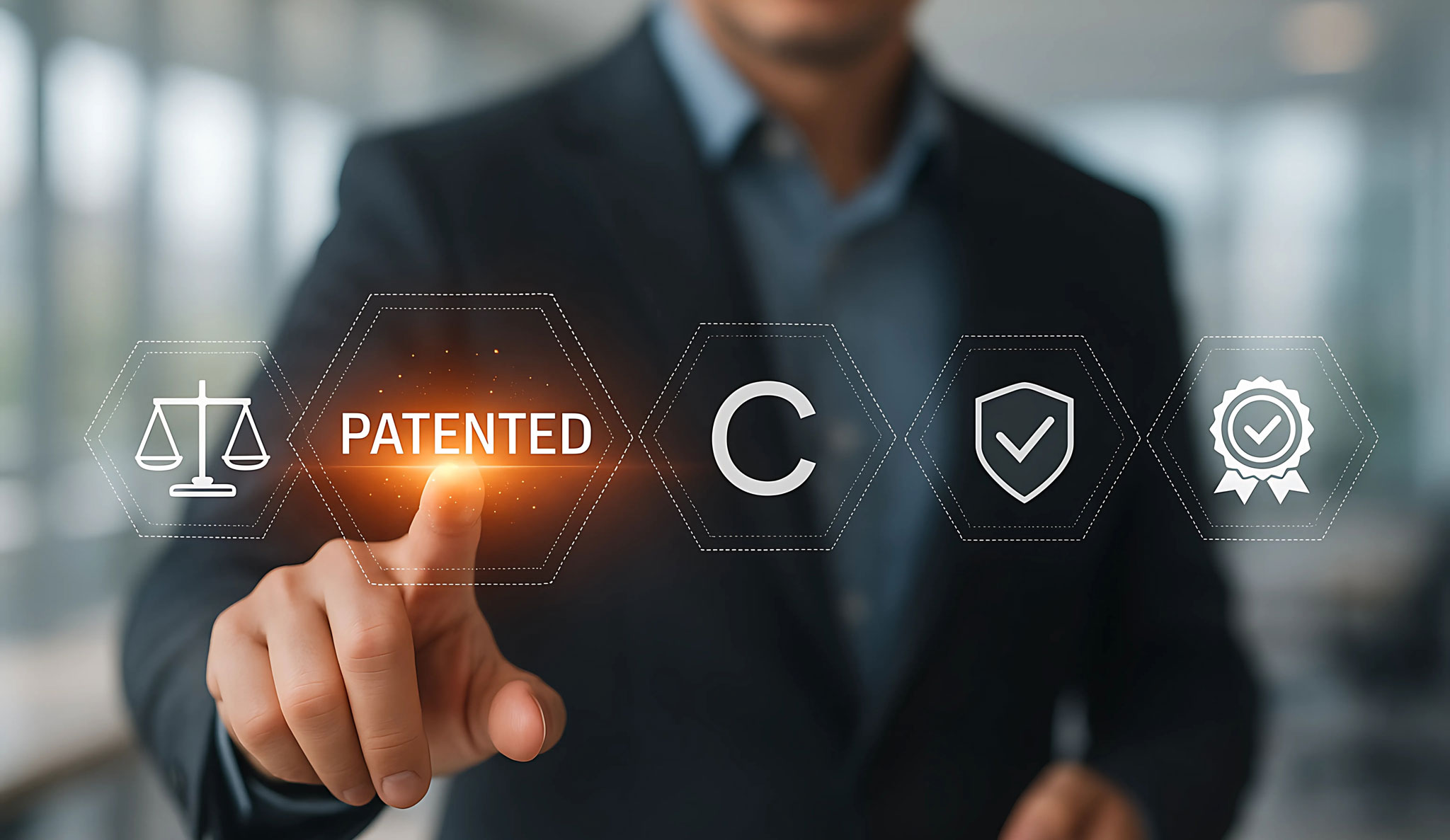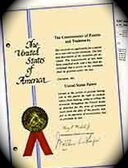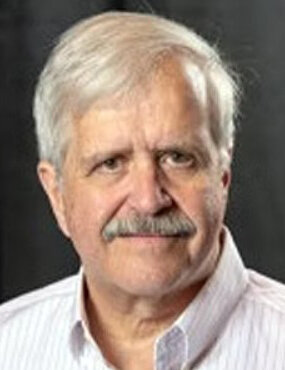
Patent Technology
Skin care
peer-reviewed
Patents for Chemists:
A Practical Guide to Innovation Protection
TONY O’LENICK
SurfaTech Corporation, Lawrenceville, USA
ABSTRACT: Patents are far more than legal abstractions; they are tangible assets with significant real-world impact. Recognized as a form of intellectual property, patents can be bought, sold, mortgaged, or licensed. They confer competitive advantages to holders and encourage innovation by granting exclusive rights to inventors for a limited period. Contrary to common belief among many technical professionals, patents are not limited to groundbreaking, Nobel Prize-worthy inventions. Rather, they are practical legal documents designed to protect useful, novel, and non-obvious inventions (1).
For chemists working in research and development, understanding the patent system is crucial. Innovations in chemical processes, compositions, and applications often have commercial value. Therefore, chemists should take an active role in identifying potentially patentable inventions and collaborating with patent attorneys to protect their work. This article aims to equip chemists with the knowledge needed to effectively participate in the patent process and become advocates for their innovations.
??????????????????
“
“A study in healthy women providing probiotic yogurt for four weeks showed an improvement in emotional responses as measured by brain scans”
Figure 1. Skin Section with Microbiome. Most microorganisms live in the superficial layers of the stratum corneum and in the upper parts of the hair follicles. Some reside in the deeper areas of the hair follicles and are beyond the reach of ordinary disinfection procedures. There bacteria are a reservoir for recolonization after the surface bacteria are removed.
Materials and methods
Studies of major depressive disorder have been correlated with reduced Lactobacillus and Bifidobacteria and symptom severity has been correlated to changes in Firmicutes, Actinobacteria, and Bacteriodes. Gut microbiota that contain more butyrate producers have been correlated with improved quality of life (1).
A study in healthy women providing probiotic yogurt for four weeks showed an improvement in emotional responses as measured by brain scans (2). A subsequent study by Mohammadi et al. (3) investigated the impacts of probiotic yogurt and probiotic capsules over 6 weeks and found a significant improvement in depression-anxiety-stress scores in subjects taking the specific strains of probiotics contained in the yogurt or capsules. Other studies with probiotics have indicated improvements in depression scores, anxiety, postpartum depression and mood rating in an elderly population (4-7).
Other studies have indicated a benefit of probiotic supplementation in alleviating symptoms of stress. In particular, researchers have looked at stress in students as they prepared for exams, while also evaluating other health indicators such as flu and cold symptoms (1). In healthy people, there is an indication that probiotic supplementation may help to maintain memory function under conditions of acute stress.
Objectives
- Provide chemists with a knowledge of the patent system and its processes.
- Introduce the basic “language” and structure of patent law.
- Encourage chemists to actively partner with patent attorneys.
- Motivate chemists to advocate for their inventions.
- Clarify that legal determinations require lawyers, but technical understanding resides with chemists.
- Emphasize the importance of inventor advocacy in successful patent filings.
- Highlight that more good inventions are lost due to lack of advocacy than to patent office rejections.
What Is a Patent?
A patent is a legal right granted by a government to exclude others from making, using, selling, or importing an invention for a limited period—typically 20 years from the filing date. However, it is important to note that a patent does not grant the right to use or sell an invention; rather, it provides the right to exclude others from doing so.
A patent serves both offensive and defensive purposes. As a sword, it allows an inventor or company to challenge infringers. As a shield, it protects against competitors attempting to enter the same technological space. This dual utility makes patents an essential business strategy tool in chemical research and development.

Figure 1. Patents as Swords and Shields.

Figure 2. United States Patent.
The Legal Basis of Patents
Constitutional and Statutory Foundations
The U.S. Constitution (Article I, Section 8) empowers Congress to grant exclusive rights to inventors to promote the progress of science and useful arts. This authority is implemented through statutes such as Title 35 of the United States Code (U.S.C.), regulations under 37 CFR, and procedural guidelines in the Manual of Patent Examining Procedure (MPEP).
Eligibility
Under 35 U.S.C. §101, a patent may be granted for:
- A process
- A machine
- A manufacture
- A composition of matter
- An improvement of any of the above
This means chemists can potentially patent new compounds, synthetic methods, formulations, or even new uses for known substances.
Standards of Patentability
To be patentable, an invention must meet three primary criteria:
- Utility (35 U.S.C. §101) – The invention must be useful.
- Novelty (35 U.S.C. §102) – The invention must be new and not publicly disclosed before the filing date.
- Non-Obviousness (35 U.S.C. §103) – The invention must not be an obvious improvement to someone skilled in the relevant field.
Chemists often underestimate the patentability of small but significant improvements. These “incremental inventions” are frequently patentable and commercially valuable.
First to File: A Critical Shift
With the implementation of the America Invents Act (AIA), the U.S. transitioned from a first-to-invent to a first-to-filesystem. This makes timely documentation and filing of inventions critical. Chemists should maintain accurate laboratory notebooks and report potential inventions promptly to ensure they’re evaluated for patentability.
The Role of the Chemist in Patent Preparation
Patentability is a legal question, but chemists play a vital role in identifying and describing technical novelty. Lawyers rely on inventors to articulate:
- What was done
- How it differs from prior work
- Why it is unexpected or advantageous
Chemists must provide the technical narrative, while attorneys frame it in the legal context of claims and statutes.
Inventorship and Legal Implications
Determining the proper inventors on a patent is legally important. Only individuals who made an inventive contribution should be named. Those who simply carried out instructions or performed routine experiments should not be listed.
Common Issues:
- Misjoinder: Listing someone who didn’t contribute can jeopardize the patent’s validity.
- Nonjoinder: Leaving out a legitimate inventor can also invalidate the patent.
- Fraudulent Claims: Listing executives or supervisors with no technical input is unethical and risky.
Anatomy of a Patent
Types of Patents:
- Utility Patents: Cover inventions with practical utility (e.g., compounds, processes, devices).
- Design Patents: Protect the ornamental design of functional items.
- Plant Patents: Cover new plant varieties reproduced asexually.
Sections of a Patent:
- Title
- Abstract
- Background of the Invention
- Summary
- Drawings and Descriptions
- Detailed Description
- Claims
The claims define the legal boundaries of the patent. They must be drafted carefully to balance breadth (to cover potential variations) and specificity (to ensure enforceability).
Types of Patent Applications
Provisional Patent Applications
A provisional application is a low-cost way to establish an early filing date. It does not require claims and is not examined. However, it provides a 12-month window to file a formal non-provisional application.
Key Benefits:
- Immediate “Patent Pending” status
- Lower initial filing cost
- Time to assess commercial potential
Limitations:
- Must be followed by a non-provisional application within 12 months
- Must fully describe the invention to support future claims
Non-Provisional Applications
This is the full patent application that includes claims and undergoes formal examination. It must provide a clear, detailed, and enabling disclosure of the invention as required by 35 U.S.C. §112.
Writing the Patent: Key Questions for Chemists
Before beginning the patent process, chemists should ask:
- What is the invention?
- What are the critical elements?
- How do these elements interact?
- Are there multiple inventions or embodiments?
- What are the unexpected results or advantages?
These insights help patent attorneys draft stronger, more defensible claims.
Advocating for Your Invention
Chemists must be active participants, not passive observers, in the patenting process. Being an effective advocate involves:
- Documenting the development process
- Explaining the novelty and utility to attorneys
- Engaging during claim drafting and review
- Helping anticipate design-arounds or competitive workarounds
Many potential patents are never filed simply because inventors fail to recognize their invention’s value or believe it’s too minor. As a result, more inventions are lost due to lack of advocacy than to USPTO rejections.
Design-Around Strategies and Competitive Intelligence
Companies frequently develop design-around inventions—variants that avoid infringing existing patents while retaining functionality. Chemists should anticipate how competitors might circumvent their claims and, where possible, broaden their own claims to capture such variations.
Conclusion
Patents are powerful tools in the chemist’s arsenal—not only to protect innovations but to drive business strategy. Chemists who understand the patent system, work closely with attorneys, and advocate for their discoveries can ensure their work receives the protection and recognition it deserves.
Far from being the domain of legal professionals alone, the patent process thrives on a collaborative relationship between chemist and attorney. Chemists hold the technical key to invention; attorneys provide the legal framework. Together, they unlock the full potential of innovation.
Conclusion
The future of cosmetics lies in the continued evolution of holistic approaches which represents a transformative shift in the industry, merging scientific advancements, natural ingredients, and wellness principles. By understanding and embracing the interconnectedness of these elements, the cosmetics industry can cultivate products that not only enhance external beauty but also contribute to the overall well-being of individuals and the planet.
The interplay between beauty from within and topical cosmetics is the key for future products. The integration of biotechnology and green chemistry is revolutionizing cosmetic formulations, offering sustainable and biocompatible alternatives.
Developers can implement blockchain to trace the journey of ingredients from source to product. Nevertheless, the efficacy of the natural products should be scientifically proven. Marketers can communicate transparency as a brand value, and parallelly educate consumers by highlighting how specific ingredients contribute to radiant and healthy skin.
By embracing the synergy between these approaches and leveraging scientific advancements, the cosmetics industry can provide consumers with comprehensive beauty solutions that cater to both internal and external dimensions of beauty.
Surfactant Applications
The application area lends itself particularly well to the use of AI. Active today in this area is the US company Potion AI (6). The company provides AI-powered formulation tools for beauty and personal care R&D. Their offerings include Potion GPT, next generation ingredient and formula databases and AI document processing. Potion’s work could have a significant impact on the entire surfactant value chain, from raw material suppliers to end consumers. By using their GPT technology, they can help target work toward novel surfactant molecules that have optimal properties for specific applications. By using their ingredient and formula databases, they can access and analyze a vast amount of data on surfactant performance, safety, and sustainability. By using their AI document processing, they can extract and organize relevant information from patents, scientific papers, and regulatory documents. These capabilities could enable Potion AI's customers to design and optimize surfactant formulations that are more effective, eco-friendly, and cost-efficient. A particularly interesting application for this type of capability is deformulation.
Deformulation is the process of reverse engineering a product's formulation by identifying and quantifying its ingredients. Deformulation can be used for various purposes, such as quality control, competitive analysis, patent infringement, or product improvement. However, deformulation can be challenging, time-consuming, and costly, as it requires sophisticated analytical techniques, expert knowledge, and access to large databases of ingredients and formulas.
AI can potentially enhance and simplify the deformulation process by using data-driven methods to infer the composition and structure of a product from its properties and performance. For example, AI can use machine learning to learn the relationships between ingredients and their effects on the product's characteristics, such as color, texture, fragrance, stability, or efficacy. AI can also use natural language processing to extract and analyze information from various sources, such as labels, patents, literature, or online reviews, to identify the possible ingredients and their concentrations in a product.
Figure 2. Skin Section with Microbiome. Most microorganisms live in the superficial layers of the stratum corneum and in the upper parts of the hair follicles. Some reside in the deeper areas of the hair follicles and are beyond the reach of ordinary disinfection procedures. There bacteria are a reservoir for recolonization after the surface bacteria are removed.
